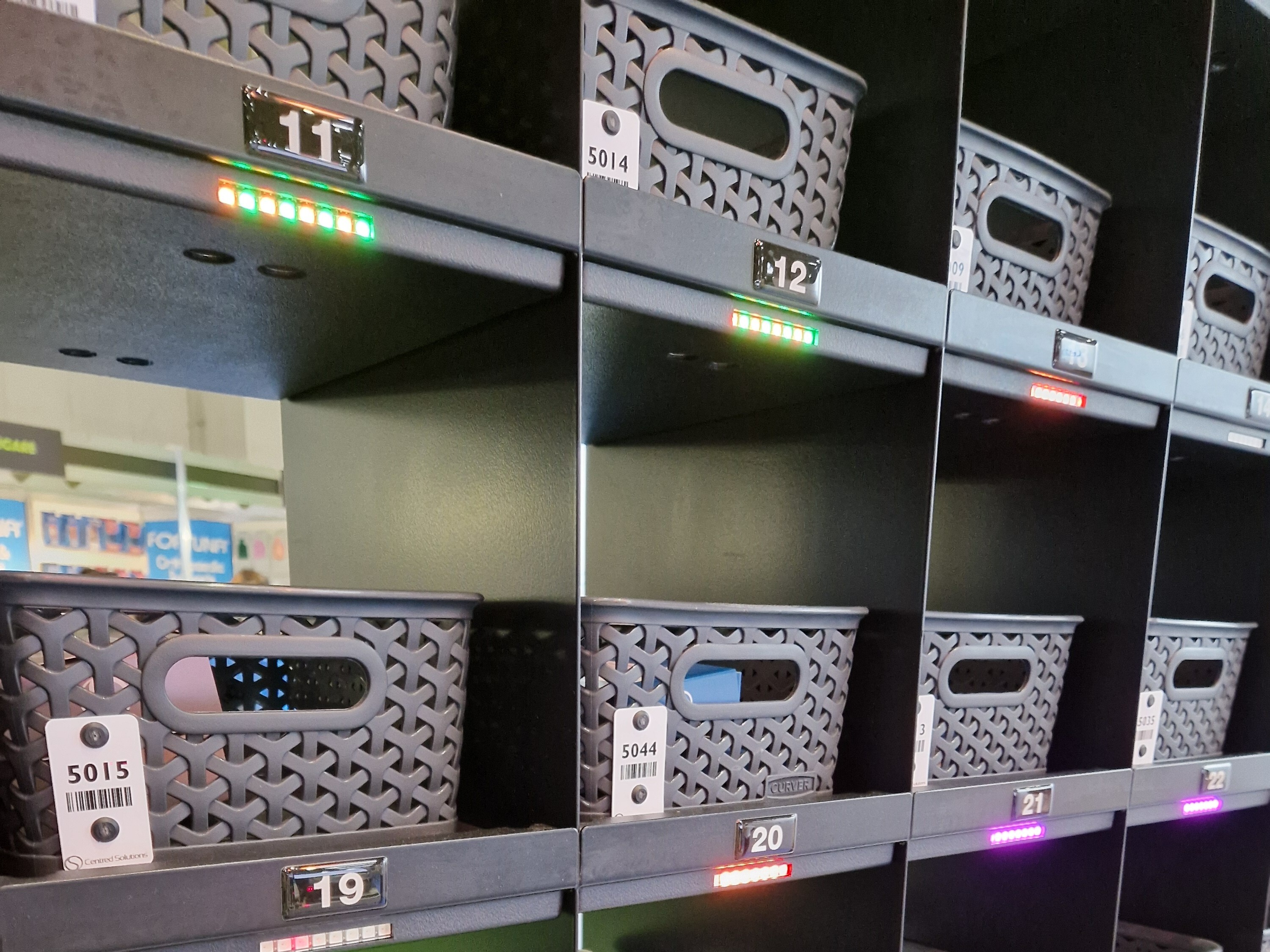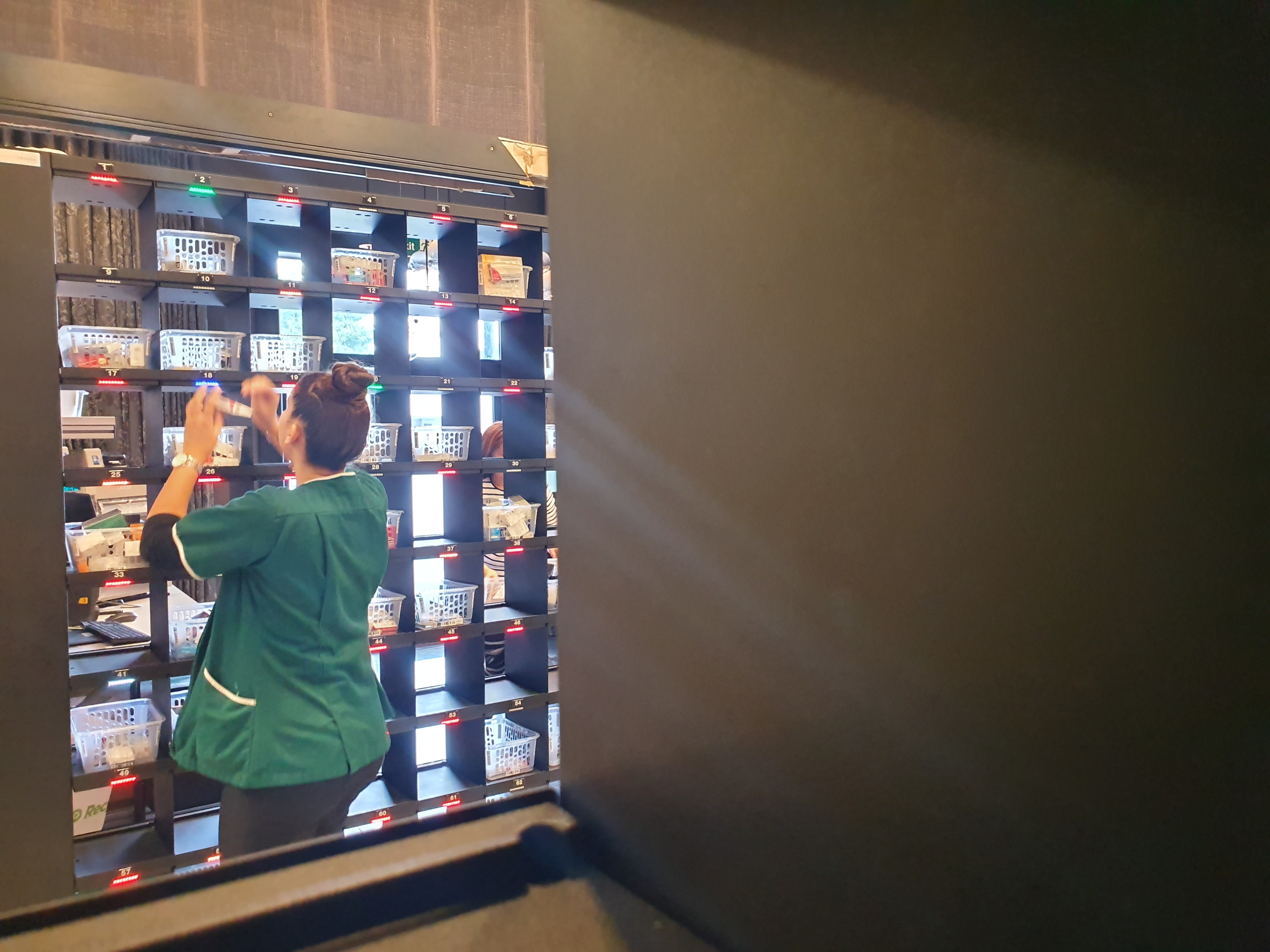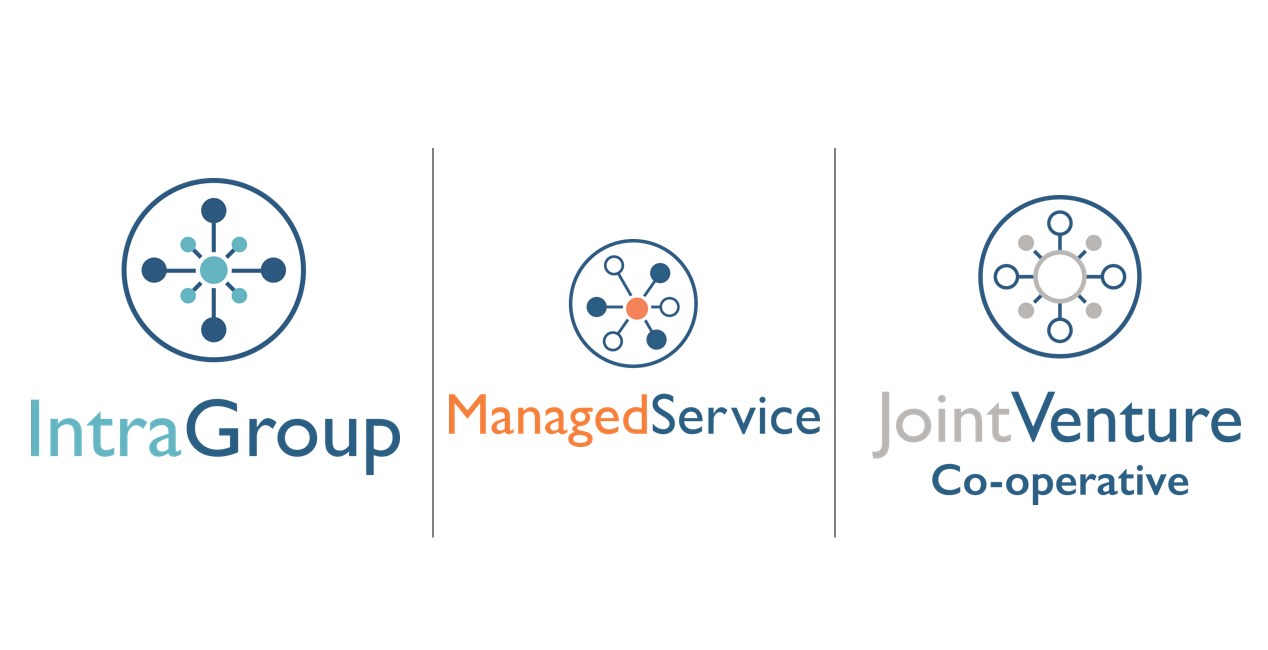Services Equals Profitability
There is a core funding crisis in pharmacy, which is estimated to be to the tune of £1.1bn. Five years of flat funding, the impact of Covid 19, rising staff costs as well as increasing business costs have left pharmacies at crisis point. To survive in this challenging landscape, pharmacies have to turn their attention to services and to do this they need to embrace technology to take on the bulk of the dispensing workload. Centred Solutions’ Sales and Marketing Director, Louise Laban, explains why.
There’s an old saying that “you’ve got to spend money, to make money”. With a serious funding shortfall it’s easy for pharmacy owners to focus their attention on how they cut costs. However there is just as much power in considering what investments can future-proof pharmacy and make business more profitable. It’s one thing to manage a budget wisely, it’s another not to spend money when it makes total business sense.
It's quite clear that there is an intention for pharmacies to become more service driven. A Pharmacy First scheme is already up and running in Scotland and one is imminent in England. In recent years there has also been a requirement for pharmacy to provide other services like hypertension and flu vaccinations. Pharmacies across the UK are rising to this challenge, keen to make the best use of their clinical skills. But it’s been tough. With a limited central funding pot and no real sign of an increase in significant funding anytime soon, pharmacy owners need to think about where they can invest in their business to take advantage of the opportunities available to them.
Both transition fees and quality payments have been reduced at a cost of around £15,157 for an average pharmacy. To make up this shortfall it is estimated that pharmacies would need to work one hour per day, every day of the working year delivering Pharmacy First consultations, with no additional staffing, just to break even[1]. As pharmacies are already working at capacity, they are going to need to look at how they improve their existing workflows to free up capacity as there is no funding for additional staff and locum fees remain high.
Automating the dispensing process won’t just allow pharmacies to break even, it will allow pharmacies to thrive by taking advantage of a range of advanced, enhanced, and locally commissioned services on top of the essential services they must deliver. Locally commissioned services in particular can be a real game changer for pharmacies as these are services that there is a need for in the local community and they will be reimbursed for delivery.
Pharmacy staff time is currently monopolised by the dispensing process which involves a range of manual, logistical and time-consuming tasks that are crying out for automation. Original pack dispensing accounts for 70% of the dispensing workload. Automating that process so pharmacy has more time for services is a no brainer. Yes there will be the costs of automation, as well as equipment and training costs for new services but this is a short-term outlay for a long-term gain.
A case study at one branch using our FLOWRx solution found that pharmacists saved just over 25 minutes on checking for every 30 prescriptions, compared to pre-automation. At the same store ACTs saved just under 25 minutes preparing every 30 prescriptions for dispensing.
We think that an average pharmacy can save up to 4 hours and 27 minutes every day by simply automating their original pack dispensing process. This is based on an average pharmacy dispensing 248 items every day and with the time taken to dispense each item 126 seconds [2]. On average 70% of prescriptions are original packs and 70% of those items can be processed centrally by a hub or wholesaler.
There is a real misconception that setting up a pharmacy hub costs millions of pounds and is only an option for the big pharmacy groups. This isn’t the case. Nor is it true that there is only one model of hub and spoke available to community pharmacy. There are a range of options available at varying price points that have the potential to free up half an employee’s time every day. Imagine the financial value of that time when it is redirected to services. This could equate to 17 Pharmacy First consultations every day worth £365.50 per day or £92,106 per year. Suddenly that investment in automation and training doesn’t feel too daunting.
Pharmacies can often feel that morally they need to focus on NHS Services. But by automating your dispensing process you can free up time to deliver private services too and this can be significant in terms of revenue growth. Take for example hearing tests, otoscopy and ear micro suction, 4 hours 27 minutes here is the equivalent of 5 appointments a day worth £400 which adds up to £100,800 per year. Or what about travel clinics? The eight travel appointments a day that can be delivered in this free time equates to £201,600 per year. The best way to determine what private services are right for your pharmacy is to carry out a pharmaceutical needs assessment for your location and speak to your local primary care networks to see what targets are not being met.
If you are interested in finding out more on this topic or the services you can offer then why not download our new services white paper or visit the services calculator.
[1] AIMp
[2] https://uk.gophr.com/pharmacy-deserts-landing-page





